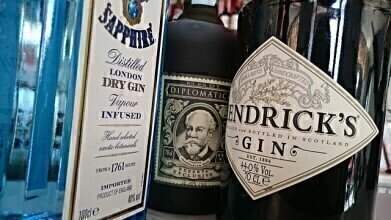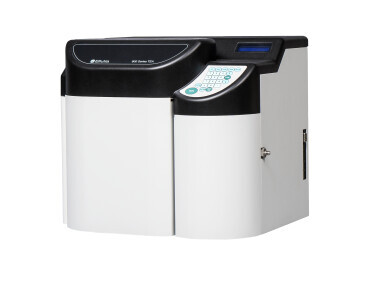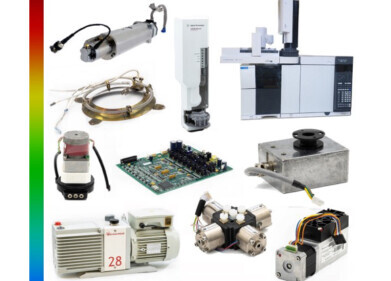Chromatography
Can Harmful Gas Make Alcohol?
Oct 28 2016
When it comes to popularity stakes, carbon dioxide definitely isn’t the cool kid. In fact, there’s no arguing with the fact that it’s everyone’s least favourite greenhouse gas. At least until now. Determined to revive carbon dioxide’s shady reputation, a team of scientists from Tennessee’s Oak Ridge National Laboratory has developed a method of converting carbon dioxide into ethanol. And amazingly, they did it using nothing more than water.
A biofuel breakthrough?
While traditionally ethanol is considered little more than a major component of alcohol, the past few years have seen it emerge as a major player in the biofuel arena. Though while most biofuel innovations are intentional, the Oak Ridge research team discovered their method entirely by accident. Initially, they were attempting to convert carbon dioxide into methanol, a chemical that’s a natural by-product of volcanic gases and microbes. However instead of methanol, they found that their end product was ethanol, a primary component alcohol. But it wasn’t home-brewed G&Ts they were interested in. Ethanol has exciting applications in renewable energy, which could mean their discovery steps up as a major breakthrough.
Creating ethanol from thin air
So how did they manage to create ethanol from thin air? It’s all down to a small chip, measuring just a square centimetre in size. The surface is covered in immeasurably minute spikes, with each just a few atoms in diameter. Each spike is made up of carbon sheathed nitrogen, with a tiny sphere of copper embedded in each tip. As the chip is immersed in water carbon dioxide is simmered in, which activates the copper element.
Acting as a pint sized lightning rod, the copper sphere attracts electricity and triggers the first steps needed to convert carbon dioxide and water into ethanol. The molecules then advance to the carbon sheath, where the process is finalised. And just like that, the team created a bona fide ethanol recipe, using nothing more than carbon dioxide and a humble splash of H20.
Reverse combustion
Alex Rondinone, the team’s lead researcher explains that it’s combustion in reverse. In its naturally occurring state, ethanol burns with oxygen to produce carbon dioxide and H2O, as well as energy. By flipping the process the team was able to supply carbon dioxide and water with electricity, and create ethanol.
Cheap and efficient
While some biofuel developments are unrealistic on a large scale, this finding is particularly exciting as the nano-structured material relies on readily available materials like copper, as opposed to pricey alternatives like platinum. This means that scaling up the model will be cheap, and could help to meet the planet’s growing thirst for eco-friendly energy.
For a glimpse at other exciting new developments playing out in laboratories, ‘Ultrapure Water for HPLC–SEC Analysis’ explores the latest research into high-performance liquid chromatography (HPLC). Like turning carbon dioxide into ethanol, the analytical procedure also relies on water and has emerged as an effective way to separate, identify and quantify substances.
Digital Edition
Lab Asia 31.2 April 2024
April 2024
In This Edition Chromatography Articles - Approaches to troubleshooting an SPE method for the analysis of oligonucleotides (pt i) - High-precision liquid flow processes demand full fluidic c...
View all digital editions
Events
Apr 25 2024 Istanbul, Turkey
Apr 28 2024 Montreal, Quebec, Canada
May 05 2024 Seville, Spain
InformEx Zone at CPhl North America
May 07 2024 Pennsylvania, PA, USA
May 14 2024 Oklahoma City, OK, USA


















